Tips for Starting Physical Activity
How much and what kinds of physical activity do I need?
Some physical activity is better than none. You can start slowly and build up from there.
If you are a healthy adult, the Physical Activity Guidelines for Americans, 2nd edition (PDF, 14.2 MB) , advise you to make aerobic and strengthening activities part of your regular routine. If you have a disability that keeps you from some activities, talk with your health care professional about types of physical activity that might work well with your abilities. If you have a health problem such as heart disease, high blood pressure, or diabetes, ask your health care professional about the types and amounts of physical activity that may work for you.
Aim for at least 150 minutes per week of moderate-intensity aerobic activity.
Walking fast, jogging, dancing, or other types of aerobic activities make your heart beat faster and may cause you to breathe harder. Try to be active for at least 10 minutes at a time without breaks. You can count each 10-minute segment of activity toward your physical activity goal. Aerobic activities include
- biking (Don’t forget the helmet.)
- swimming
- brisk walking
- wheeling yourself in a wheelchair or engaging in activities that will support you such as chair aerobics
Try to do aerobic activities at a moderate intensity. Do the “talk test” to make sure you are exercising at a pace that you can maintain. You should be able to speak a few words in a row, but you should not be able to sing.
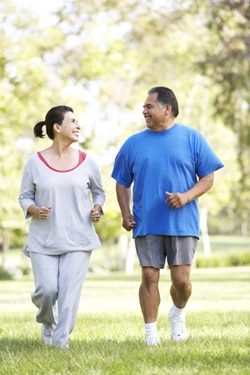
Aim for at least 300 minutes per week to gain more benefits.
You may need at least 300 minutes per week of aerobic activity if your goal is to lose weight or to keep it off. Adding a brisk walk after lunch, dinner, or when your schedule permits may be one way to boost the amount of aerobic activity in your life.
Do strengthening activities twice per week.
Activities that make you push or pull against something may improve your strength and balance.
Build and maintain bone and muscle strength.
To help strengthen your whole body, work all major muscle groups, including those in your legs, back, abdomen, chest, shoulders, and arms. Doing 2 to 3 sets for each muscle group twice per week may help. Even 1 set of strength training offers benefits.
Try different activities to find ones you enjoy and to work different parts of your body, such as
- lifting weights
- working with resistance bands
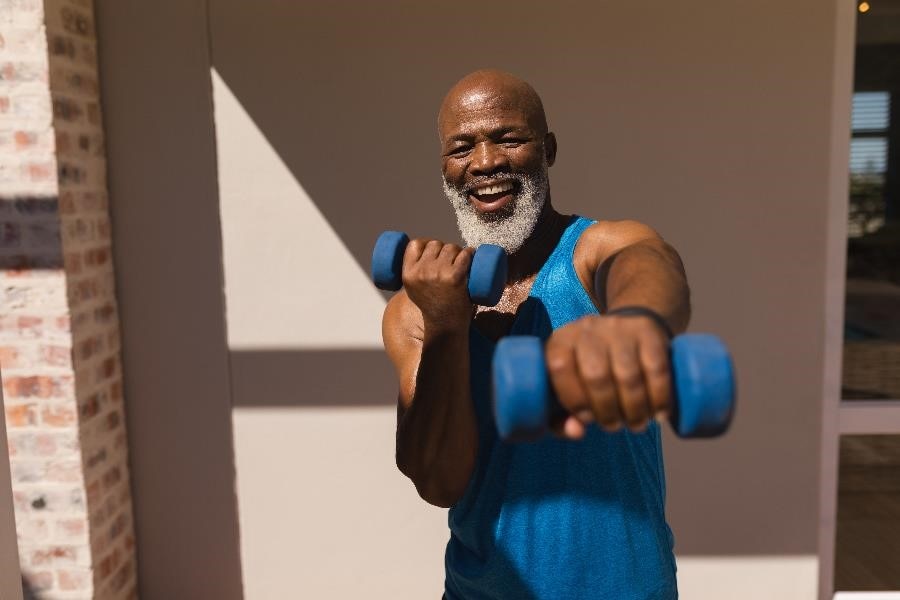
Improve your balance.
Activities that build strength in your lower body may improve your balance. Try activities that work your ankles, feet, and lower legs.
Pilates and yoga may improve balance, muscle strength, and flexibility. You can also try tai chi or practice standing on one leg, if you are able to do so.
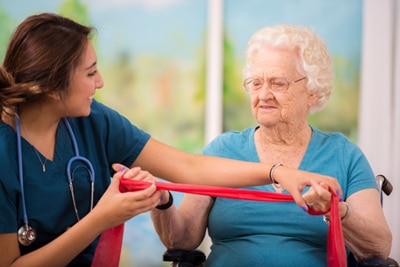
Take breaks from being still.
Recent studies suggest that long periods of inactivity may be linked to health problems such as diabetes, heart disease, and stroke. Add motion to your day. Download an app to your phone, computer, or other device to remind yourself to take breaks.
Routine tasks such as sweeping, mopping, vacuuming, and yard work can also be part of your physical activity plan.
How can I start to be active?
Pick an activity you enjoy.
Create a list of the activities you would like to do, such as walking, aerobics, tennis, wheelchair basketball, or taking a class at a fitness or community center. To increase your activity level, add an activity that sounds fun and try it out. You are more likely to stay active if you choose activities you enjoy.

Start slowly and add a little at a time.
The idea of being active at least 150 minutes per week may seem like too much at first. Start by moving for 10 minutes a day. Every few weeks, add 5 to 10 minutes until you are active at least 30 minutes most days.
Set a goal, add it to your calendar, and do it.
Setting goals and having a plan to realize them may help you stick with a physical activity routine.
- Set specific short-term goals that you can track. For example, instead of saying “I’m going to be more active this week,” set a goal of walking 30 minutes a day on 3 days this week.
- Think of the days and times you could do the activity, such as first thing in the morning, during lunch breaks, after dinner, or on Saturday afternoon. Look at your calendar, phone, or computer to determine the days and times that work best and commit to those plans in writing. Also, set your phone to send reminders to help you stay on track.
How can I overcome physical activity roadblocks?
Starting a physical activity program and sticking with it may be easier than you think. You can overcome these common roadblocks to physical activity.
I don’t have time.
Are work, family, and other demands making it hard to be active? Try the tips below for adding physical activity to your daily routine. Remember, every little bit counts.
- Do 10 minutes of physical activity at a time. Spread bursts of activity throughout your day.
- Add a 15-minute walk or activity that you will stick with during your lunch break or after dinner.
- Make activity part of your daily routine. If it is safe and you have time, walk a flight of stairs or, instead of driving, walk or bike with your child to school. If you have a physical disability, you can also use aids to build activity into your daily routine.
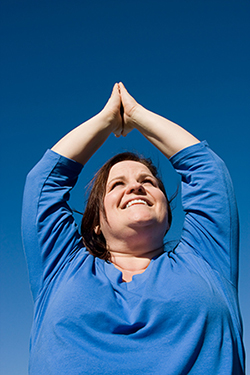
I’m not that motivated or interested.
Do you find it hard to get moving? Does working out seem like a chore? Here are some ideas that might keep you moving:
- Switch it up. Try a new activity, such as dancing or water aerobics, to find out what you enjoy most.
- Make it social. Involve your family and friends. Physical activity is good for them, too. Plan fun physical activities that allow you to spend quality time together and stay on track.
- Meet a friend for workouts or train together for a charity event.
- Join a class or sports league where people count on you to show up.
- No matter what age your kids are, find an activity you can do together. Dance to music or play sports such as basketball or tennis, in a wheelchair if needed.
- Seek support. Who will inspire you to get moving and help you reach your goals?
Make a list of the people—your partner, brother, sister, parent, kids, or friends—who can support your efforts to be physically active. Give them ideas about how they can help, such as praising your efforts, watching your kids, or working out with you.
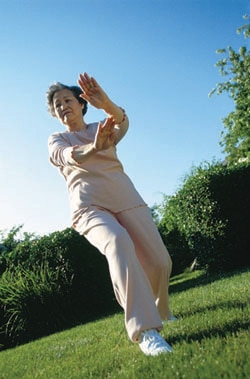
It’s too cold, hot, or rainy.
You can reach your fitness goals in any weather.
- Wear the right gear. A rain jacket, sun hat and sunscreen, or winter clothes will protect you and help you stick to your plans.
- Find a place to stay active indoors. Download an app to your phone or other device to be active at home, or take an indoor class when the weather is bad. Your local community center or place of worship may offer low-cost options.
I’m afraid it will cost too much.
Getting physical activity doesn’t have to cost a lot of money.
- Check out your local recreation (rec) or community center. These centers may cost less than other gyms, fitness centers, or health clubs. Find one that lets you pay only for the months or classes you want, instead of the whole year. If you have physical disabilities, ask if the center offers activities that suit your abilities.
- Choose physical activities that do not require special gear or advanced skills. Turn on some music and host a dance party with friends and family.
Prepare to break through your roadblocks.
What are the top three things keeping YOU from being more active? Use your phone, calendar, or computer to make a list of any barriers that come to mind and how you can overcome them. For example:
Barrier: I don’t have anyone to watch my kids.
Solution: Be active with your child. You can take walks together or play games such as “catch” or basketball. You can also do seated activities such as wheelchair volleyball. Lifting or carrying a baby not only works your muscles, but helps you bond with your child. Some rec centers offer “baby and me” classes. Another option is to find child care. Ask whether your rec center has child care, or find a friend or family member you trust who is willing to watch your child while you exercise. Some people take turns watching each other’s children.
This content is provided as a service of the National Institute of Diabetes and Digestive and Kidney Diseases
(NIDDK), part of the National Institutes of Health. NIDDK translates and disseminates research findings to increase knowledge and understanding about health and disease among patients, health professionals, and the public. Content produced by NIDDK is carefully reviewed by NIDDK scientists and other experts.
The NIDDK would like to thank:
Jessica L. Unick, Assistant Professor, The Warren Alpert Medical School of Brown University, Psychiatry and Human Behavior, The Miriam Hospital’s Weight Control and Diabetes Research Center

